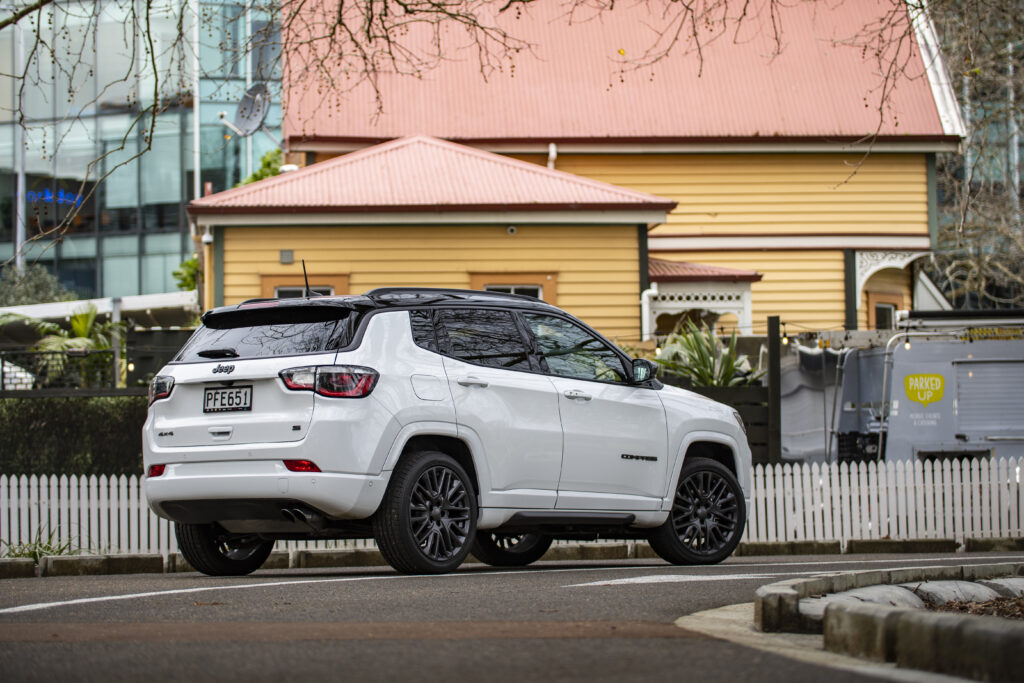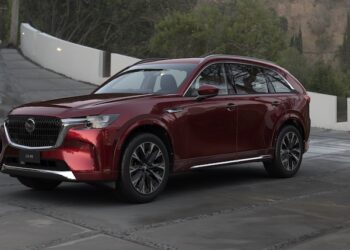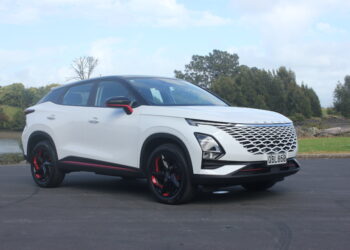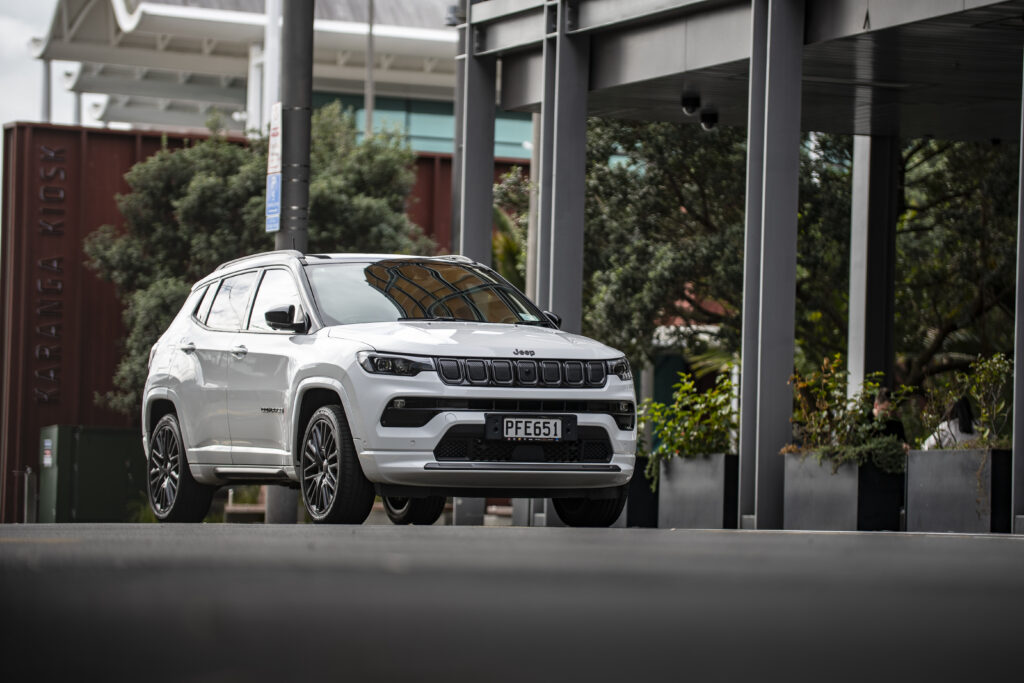
The mid-size SUV segment could be the most competitive class in motoring.
I count 30 brands that each have a competitor in the segment, some with more than one.
To make a car that’s competitive in the class is tough enough, but to make one that is both competitive and stands out from the rest is even tougher.
Enter the Jeep Compass, a model that gives the standing out aspect more of a shake than most.
The Compass has a lot of similarities with its peers. It too has four doors, four wheels, and a fairly big boot.
But it has two aces up its sleeve: Jeep’s unignorable brand cachet and genuine off-road chops.
With the nameplate’s latest update recently landing on our shores, are these ingredients enough to see it climb the crossover totem pole?
THE NUMBERS
The updated Compass represents a quantum shift in pricing. The last model could be had for as little as $34,990 and the top spec Trailhawk was $49,990.
This update starts at the old model’s $49,990 jumping off point, with the top spec Compass S-Limited priced from $59,990.
There’s one silver lining, in that Jeep is currently offering its $5000 Premium Pack for free in the S-Limited.
Compounding things from a fleet perspective is the Clean Car Discount. The Compass’ 230g/km emissions rating means it cops a fee of just over $4000. Ouch.
Said emissions stem from Jeep’s familiar (and aggressively named) Tigershark naturally aspirated 2.4-litre four-cylinder petrol motor.
Its power and torque are unchanged, at 129kW and 229Nm. Jeep quotes a fuel economy of 9.7 litres/100km. The base Night Eagle trim pairs this engine to a six-speed automatic, while the S gets an extra three cogs.
OUTSIDE
Jeep wants the Compass to occupy a more premium market space, away from the likes of the Toyota RAV4 and closer to rivals like the Volkswagen Tiguan. And that’s evident in the subtle tweaks to the model’s exterior.
The black roof makes little sense if you’re hitting the Moab trails in the hot Utah sun, but makes more sense if you’re trying to snap necks on Queen Street.
The S-Limited even ditches the rugged black wheelarch extensions, electing to paint them the same colour as the body.
Jeep has worked to soften the Compass’ edges, namely in how it’s reformatted the grille and headlight combo. Elaborate multi-spoke 19- inch wheels and a distinct lack of chintzy chrome aid the model’s more upmarket vibe.
INSIDE
The exterior changes are nothing compared to what’s gone on inside. Jeep has given the Compass an all-new dashboard layout, arguably representing where the brand has instilled the most change.
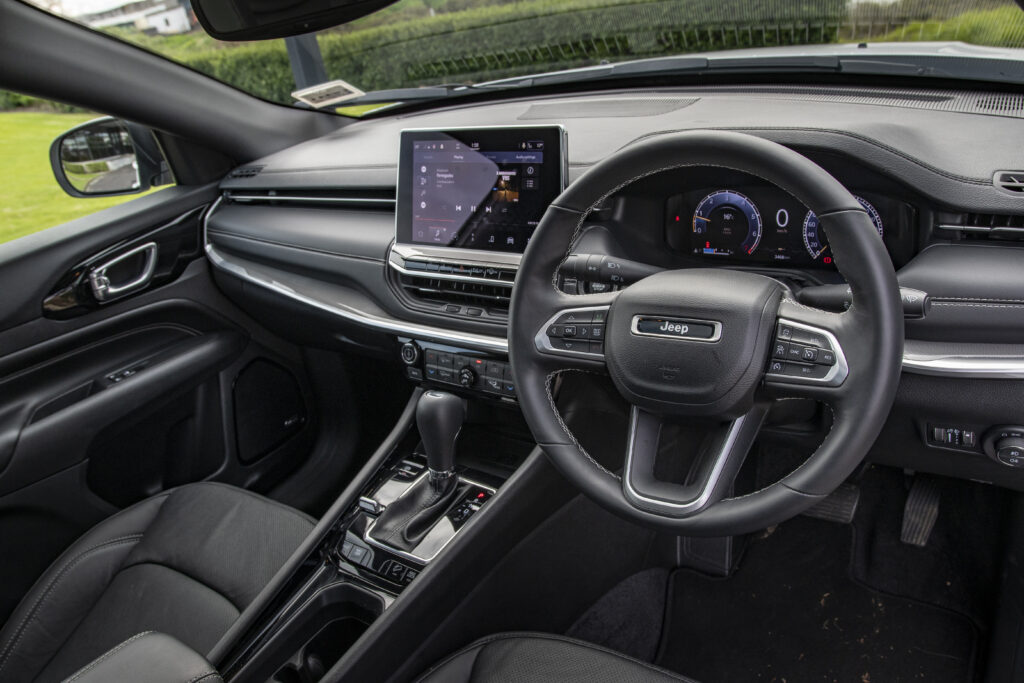
Although the previous Compass was pleasant enough inside, it was more about function than fashion.
Not anymore. Jeep’s push for more premium positioning has been led by its more heavily revised new Grand Cherokee, and this has led to the Compass adopting a similarly impressive design-led interior.
The tiered dash looks reminiscent of something Jaguar Land Rover might’ve concocted, complemented by a bevy of soft-touch surfaces and a 10.1-inch screen fitted with Jeep’s excellent Uconnect digital interface.
This system has always been a Jeep strength, with the latest iteration refining menu presentation while adding a digital cluster, wireless Android Auto and Apple CarPlay, and Alpine audio.
Also added are Hey Jeep, the brand’s take on premium voice control software.
The freebie Premium Pack includes a heated steering wheel, heated and cooled front seats, surround-view camera, and a panoramic sunroof.
In spite of being one of the smaller cars in class, the Compass offers solid space inside. Adults will be plenty comfortable across the back row, and the boot can swallow up to 438 litres of stuff.
That’s well short of the segment leaders, but still useful for buyers who want the Compass’ smaller overall package.
THE DRIVE
Under the skin the Compass shares its architecture with a raft of crossovers, ranging from the (discontinued in New Zealand) Jeep Renegade to the recently revealed Alfa Romeo Tonale and Dodge Hornet.
It’s a surprisingly entertaining platform to drive in its Compass application, responding quickly to inputs and taking rapid cornering relatively flat.
We didn’t get to attack the trails this time around but based on past experiences the Compass can claim to be one of the most capable gravel bashers in class.
Though it’s worth mentioning that hill descent control and four low are only standard in the S-Limited.
The 2.4-litre and nine-speed are reasonably capable and produce a surprisingly pleasant exhaust note but are starting to feel a little outdated against the turbocharged competition.
The N/A engine in particular can be quite coarse at idle, and is not especially quick.
SAFETY
Thankfully, Jeep has made almost all of its safety tech standard across all trim levels. This ranges from rear parking sensors, radar cruise, and blind spot monitoring, to autonomous emergency braking, sign recognition, and drowsy driver detection.
S-Limited exclusives are focused largely on convenience-oriented features, like parking assist and front facing parking sensors.
OUR VIEW
As with the Compass’ last update, this MY2022 model represents a healthy step forward. Its premium tilt is mostly realised thanks to a wonderful cabin and tasteful redesign.
Bigger questions lie when it comes to the SUV’s pricing and positioning. And if the lack of an electrified option isn’t an elephant in the room already, it will be soon.
